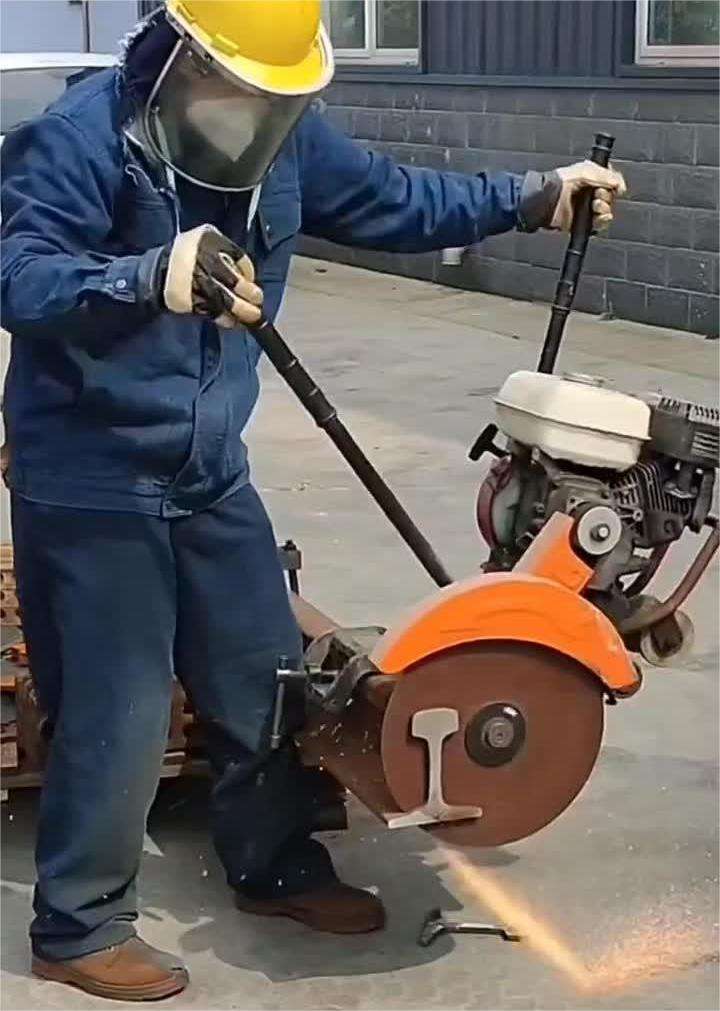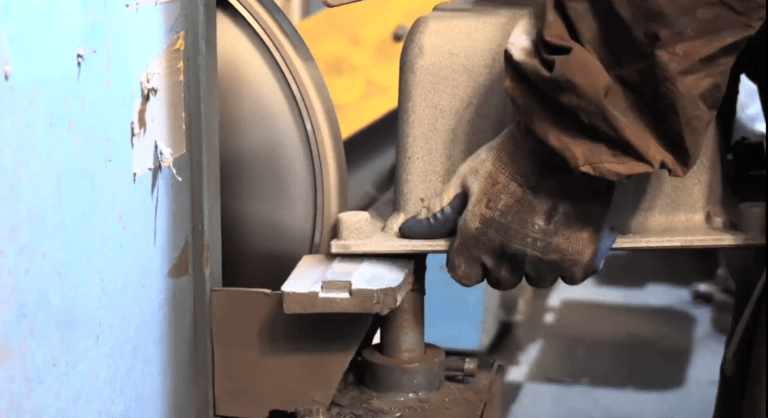The lifespan of a diamond cutting wheel compared to an abrasive wheel depends on various factors, including the type of material being cut, the intensity of use, and the specific characteristics of each wheel. Generally, diamond cutting wheels tend to last significantly longer than abrasive wheels in certain applications. Here are some factors to consider:
Material Hardness: Diamond is one of the hardest materials known, and it excels in cutting through hard and abrasive materials like concrete, stone, ceramics, and certain metals. In such applications, a diamond cutting wheel can last much longer than an abrasive wheel, which tends to wear down more quickly.
Abrasive Wear: Abrasive wheels, made from materials like aluminum oxide or silicon carbide, wear down as they cut through materials. The rate of wear depends on factors like the hardness of the material and the pressure applied. Diamond wheels, being harder, experience less abrasive wear and can maintain their cutting efficiency for a longer duration.
Friction and Heat Generation: Diamond cutting wheels generate less friction and heat during cutting compared to abrasive wheels. Reduced heat helps in minimizing thermal stress on the cutting wheel, leading to longer life.
Precision Cutting: Diamond cutting wheels are known for providing precise and clean cuts, reducing the likelihood of chipping or uneven wear. This precision contributes to a longer lifespan, especially when working with delicate materials.
Cost Considerations: While diamond cutting wheels often have a higher initial cost than abrasive wheels, their longer lifespan can result in lower overall costs over time. The extended durability and efficiency of diamond wheels can offset the initial investment.
Application-Specific Performance: Each type of cutting wheel is designed for specific applications. Diamond cutting wheels are best suited for hard and abrasive materials, while abrasive wheels may be more appropriate for softer materials. Choosing the right wheel for the intended application enhances performance and longevity.
It’s essential to follow the manufacturer’s recommendations regarding speed, pressure, and usage guidelines for both diamond and abrasive cutting wheels. Regular inspection of the cutting wheel for signs of wear, damage, or loss of efficiency is crucial for ensuring optimal performance and safety.




